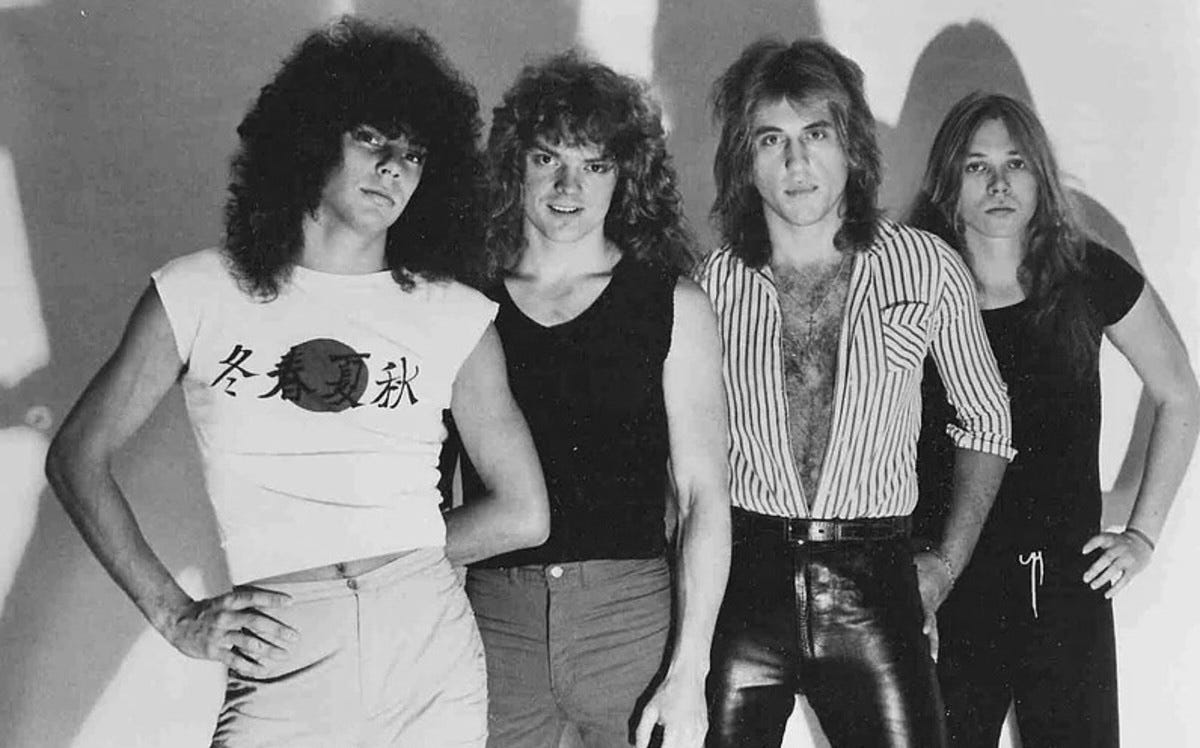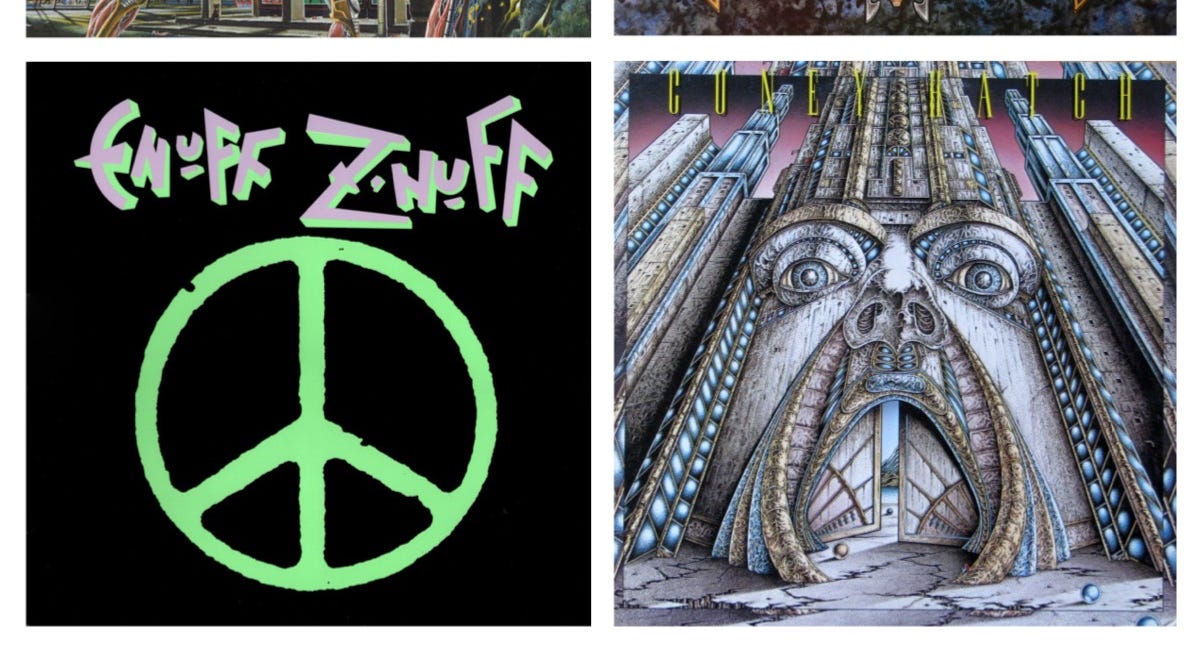Coney Hatch | History of the Band
Hook-Heavy and Road-Tested—The Unsung Heroes of 80s Canadian Rock
Before their riffs echoed beyond Toronto’s rock clubs, Coney Hatch were just three guys with big amps and bigger ambitions. Singer/bassist Andy Curran, guitarist Ed Godlewski, and drummer Dave Ketchum formed the band in 1980.
Carl Dixon joined in February 1981 as lead vocalist and rhythm guitarist, bringing a gritty, soaring voice forged in cover bands. That same year, Steve Shelski replaced Godlewski on lead guitar, solidifying the classic lineup.
They didn’t pick a name to sound cool—they picked one to unsettle. “Coney Hatch” nods to the infamous Colney Hatch Lunatic Asylum in London, UK. That edge? It wasn’t just branding—it was baked into the band’s DNA.
Musical Style and Evolution: The Sound Between the Signals
In a decade where hairspray and eyeliner started outpacing guitars, Coney Hatch stayed grounded in the grit. They weren’t glam. They weren’t prog. They were the band you heard at full blast in your friend’s Monte Carlo on a Friday night.
Their debut pulled from AC/DC’s punch and Thin Lizzy’s twin leads, but they brought a blue-collar urgency all their own. Andy Curran’s bass wasn’t background—it pushed. Carl Dixon’s vocals weren’t pretty—they punched. The sound was hooky but heavy, built for both FM dials and sticky-floored venues.
Richard Waterman suggested this artist for a future Dig Me Out podcast episode. Each month, our Patrons are presented with a selection of albums suggested by listeners and asked to vote for their favorite.
By 1985’s Friction, things polished up. There was more reverb, more sheen. Some fans missed the rawness. Others saw it as evolution—Coney Hatch growing up without selling out.
Discography and Notable 80s Albums: Three Rounds, No Knockouts
Coney Hatch (1982) – Anthem/Mercury Records
Produced by Kim Mitchell (of Max Webster), their debut was lean and mean. “Devil’s Deck” and “Monkey Bars” didn’t just rock—they swung. “Hey Operator” even broke into U.S. rock radio rotation and earned them opening slots for Judas Priest.
"They had this ‘could-be-huge’ energy," said Kim Mitchell. "They were hungry and tight—ready for the next level."
Outa Hand (1983) – Anthem/Mercury
Recorded with Max Norman (Ozzy Osbourne, Y&T) at United Media Studios, the follow-up sharpened the blade. “First Time for Everything” flirted with MTV accessibility, but the songs had teeth. Unfortunately, label support didn’t match the band’s momentum.
Fan review on RateYourMusic: "More polished than the debut, but it still punches. They weren’t chasing trends—they were fine-tuning their aim."
Friction (1985) – Anthem/Mercury
With Barry Connors (ex-Toronto) replacing Ketchum on drums, Friction pivoted toward radio-rock. “She’s Gone” and “This Ain’t Love” leaned into the AOR soundscape. The hooks were still there, but some longtime fans missed the edge. The album sank without much push—bad timing, maybe. Bad luck, definitely.
Rock Press Respect, But No Breakout
Critics largely respected Coney Hatch, especially in Canada. They weren’t hyped like their L.A. counterparts, but their musicianship, harmonies, and live chops earned praise.
Circus Magazine called the debut “a promising new entry in the hard rock ranks”, while AllMusic later hailed their catalog as “a treasure trove for fans of straight-ahead rock.” But the U.S. press—focused on Motley Crüe’s antics and Def Leppard’s polish—largely passed them by.
Still Loud, Still Standing
Coney Hatch never got the big break, but their fingerprints are on Canadian rock’s DNA. They opened for Iron Maiden on their 1983 World Piece Tour and Judas Priest on their 1982 Screaming for Vengeance Tour—tours that solidified them as one of the country’s tightest live bands.
Carl Dixon would go on to front April Wine and later serve as the lead singer for The Guess Who for eight years until a car accident in 2008. Andy Curran released a solo album and later joined forces with Alex Lifeson of Rush to form Envy of None.
"Coney Hatch should have been massive," said Rik Emmett of Triumph. "They had the goods."
Coney Hatch were never the flashiest. They weren’t chasing fashion or fame. But if you dig deep into ‘80s hard rock—beneath the hairspray and drum machines—you’ll find bands like Coney Hatch: rugged, relentless, and real.
They were part of the soundtrack for kids who blasted FM rock after midnight, taped Headbanger’s Ball on VHS, and hunted for vinyl in mall record stores. If you remember that world—or want to visit it—Coney Hatch is your portal.
80s Metal Album Tournament | Vote
Our mission this week: celebrate the wild, weird, and wonderful sides of 80s Metal — with a lineup nominated by you, the Dig Me Out community.




